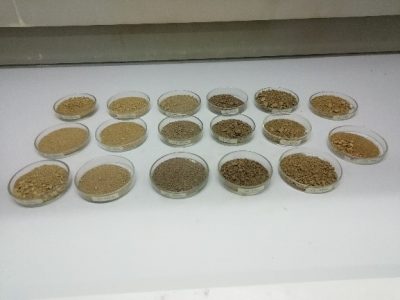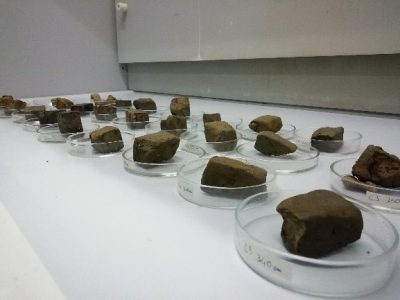The Department of Biotechnology, Chemistry and Pharmacy (University of Siena) are currently performing chemical analyses on the sediments of the coring samplings extracted in July and October 2018 in the flood plains of the Cornia and Pecora river.
The multidisciplinary study of the sediments of these cores, considered as precious natural historical archives of paleoenvironmental information, has as its main objective the recreation of the natural history of these two territories in the last 3000 years.
The chemical analyses concerns the sediments that come form specific stratigraphic ranges, identified following the results of radiocarbon dating, which consist in the determination of pH, electrical conductivity (Ec), total inorganic carbon (TIC), total organic carbon (TOC), total nitrogen and trace elements (Fig.1-2).
The results will allow to identify the trends of primary productivity, the state of decomposition of organic matter and the sedimentation rate within these two particular wetlands of southern Tuscany. This will be of primary importance to determinate the transformation of the landscape resulting from interactions between climate change and anthropic impact.




